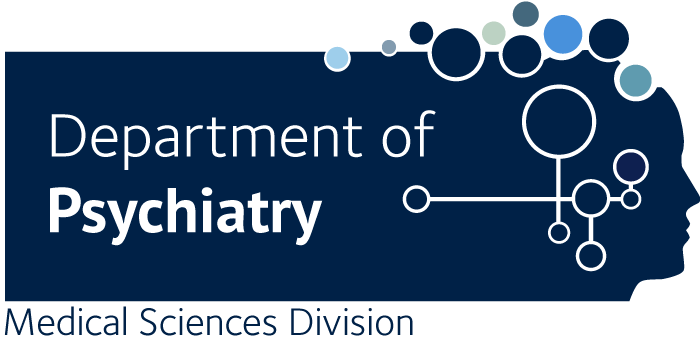Nocturnal haemoglobin oxygen desaturation in urban and rural East African paediatric cohorts with and without sickle cell anaemia: a cross-sectional study.
L'Esperance VS., Ekong T., Cox SE., Makani J., Newton CR., Soka D., Komba A., Kirkham FJ., Hill CM.
Low haemoglobin oxygen saturation (SpO2) predicts complications in children with sickle cell anaemia (SCA) in the North but there are few data from Africa, where the majority of the patients reside. We measured daytime and overnight SpO2 in children with SCA in routine follow-up clinic, and controls without symptoms of SCA, comparing rural (Kilifi, Kenya) and urban (Dar-es-Salaam, Tanzania) cohorts. Daytime SpO2 was lower in 65 Tanzanian children with SCA (TS; median 97 (IQR 94-100)%); p<0.0001) than in 113 Kenyan children with SCA (KS; 99 (98-100)%) and 20 Tanzanian controls (TC; 100 (98-100)%). Compared with 95 Kenyan children with SCA, in 54 Tanzanian children with SCA and 19 TC who returned for overnight oximetry, mean (KS 99.0 (96.7-99.8)%; TS 97.9 (95.4-99.3)%; TC 98.4 (97.5-99.1)%; p=0.01) and minimum nocturnal SpO2 (92 (86-95)%; 87 (78.5-91)%; 90 (83.5-93)% p=0.0001) were lower. The difference between children with SCA persisted after adjustment for haemoglobin (p=0.004). Urban Tanzanian children, with and without SCA, experience greater exposure to low daytime and night-time SpO2 compared with rural Kenyan children with SCA. Possible explanations include differences in the prevalence of obstructive sleep apnoea or asthma, alterations in the oxyhaemoglobin desaturation curve or cardiovascular compromise, for example, to shunting at atrial or pulmonary level secondary to increased pulmonary artery pressure. The fact that non-SCA siblings in the urban area are also affected suggests that environmental exposures, for example, air pollution, nutrition or physical exercise, may play a role. Further studies should determine aetiology and clinical relevance for the SCA phenotype in children resident in Africa.

